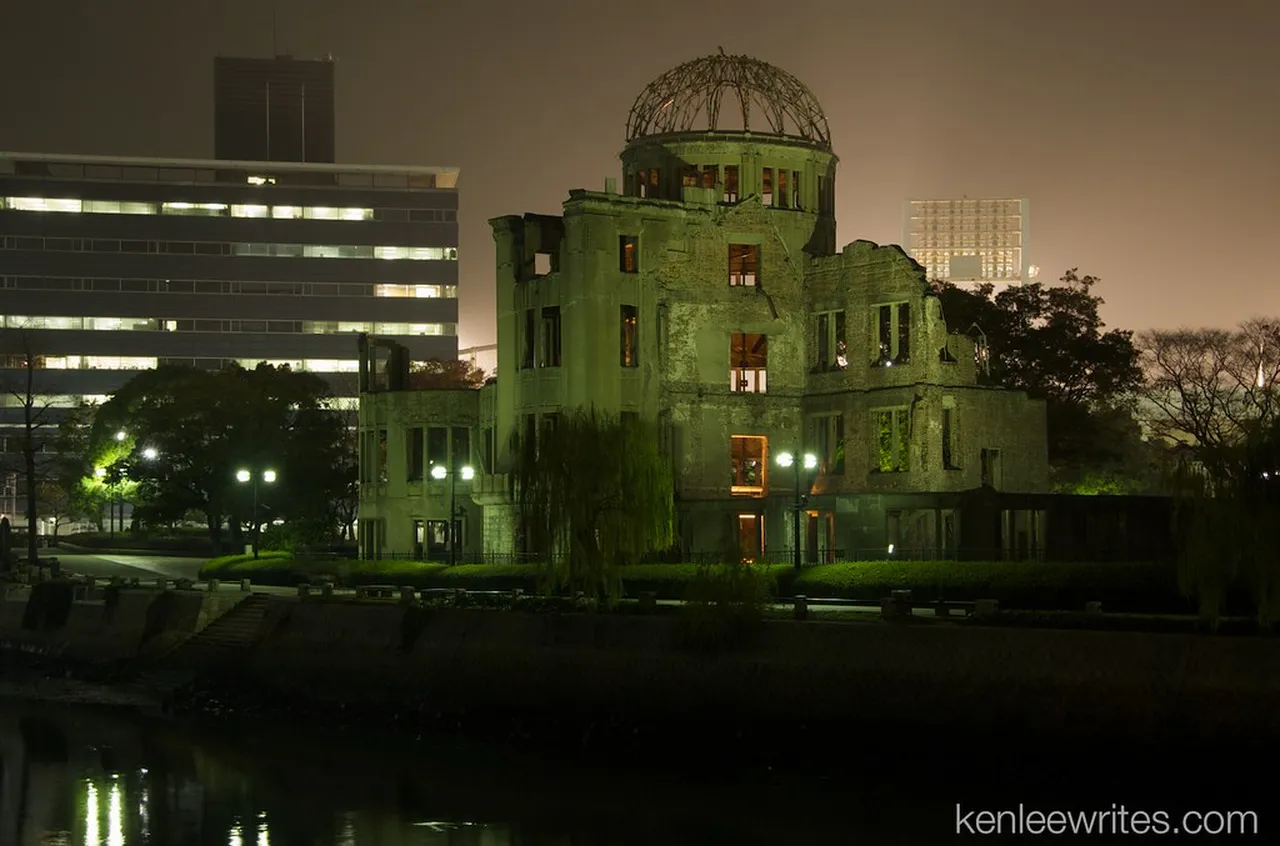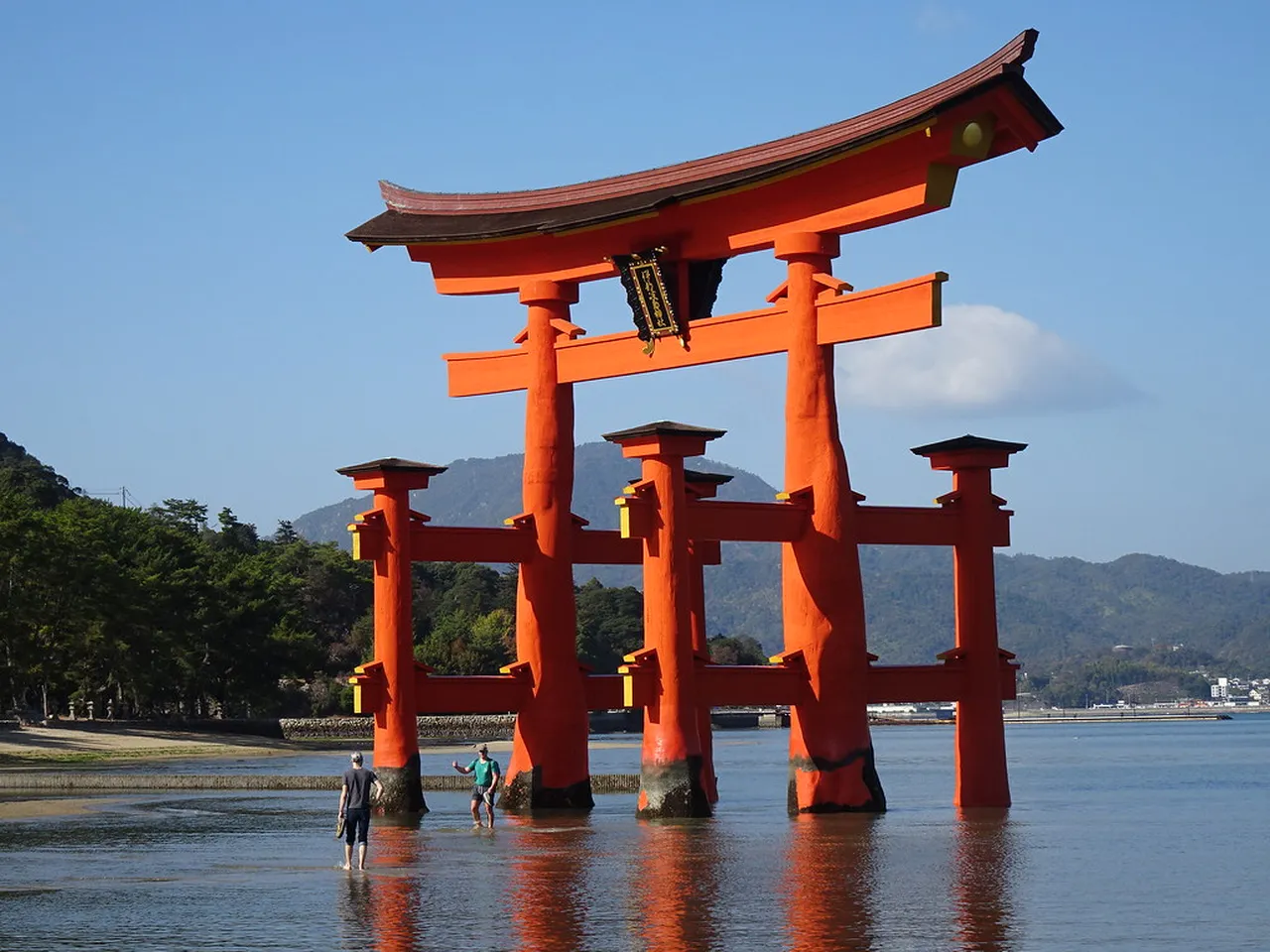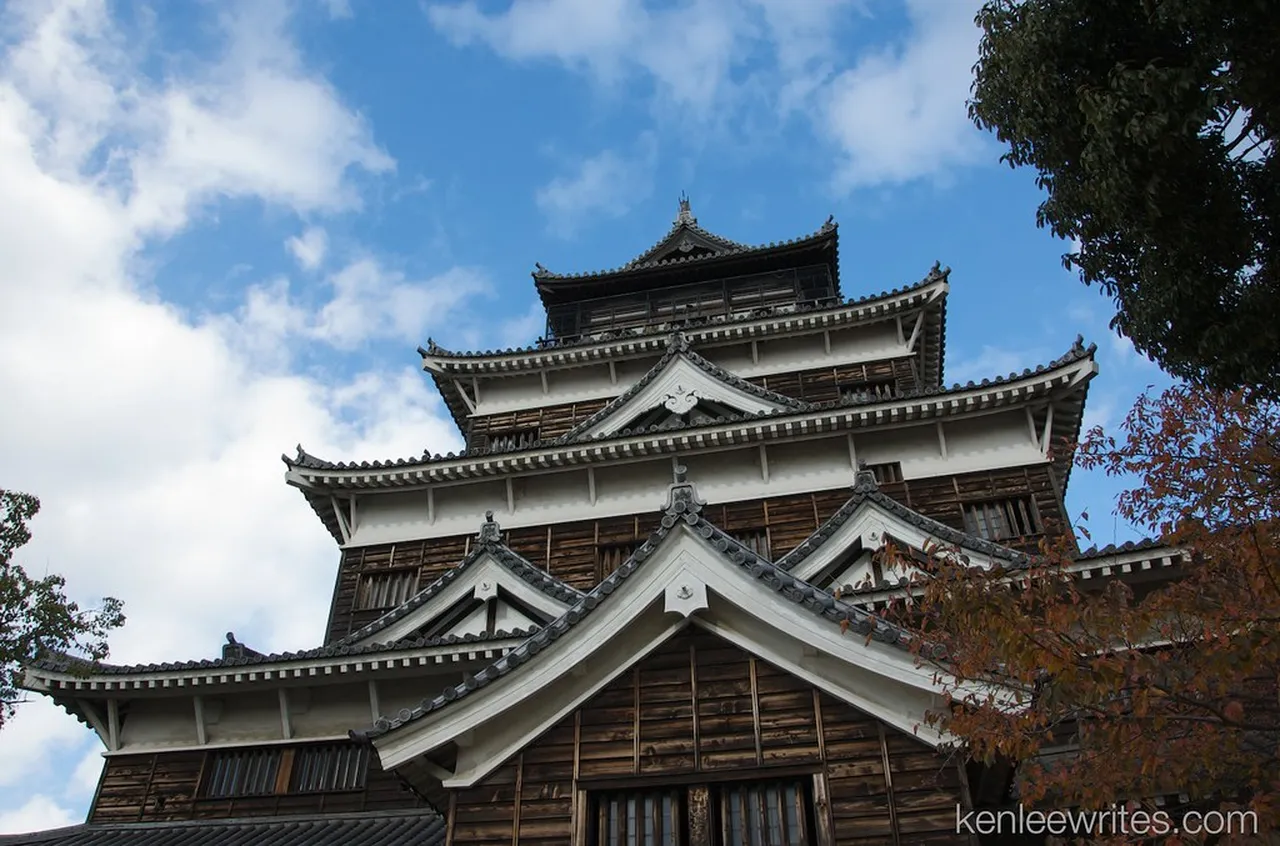
Hiroshima Landmarks: Explore 10 Must-See Attractions
Table of Contents
Hiroshima Landmarks
Hiroshima is a city steeped in history, known for its resilience and transformation after a tragic past. Among its many landmarks, Hiroshima showcases a remarkable blend of cultural heritage, memorials, and vibrant urban life. This article will guide you through 10 must-see landmarks in Hiroshima, each narrating a unique story and offering an enriching travel experience. From the peace-promoting sites to architectural wonders, you’ll discover why Hiroshima is a compelling destination for travelers seeking to learn more about its historical significance and present-day charm.
Want to find the best travel deals for this destination? discover adventure planner with our adventure planning specialist!
1. Hiroshima Peace Memorial Park: A Tribute to Resilience

The Hiroshima Peace Memorial Park is not just a significant landmark; it embodies a powerful message of hope and resilience. Established to commemorate the victims of the atomic bombing in 1945, this sprawling park is a tranquil oasis in the heart of the city. As you stroll through, you will encounter numerous monuments, including the iconic Peace Memorial Museum, which provides a poignant insight into the harrowing events of that fateful day.
Additionally, one cannot miss the Atomic Bomb Memorial Mound, which serves as a resting place for unidentified victims. Visiting this memorial park is an essential experience for understanding Hiroshima’s recovery and the ongoing quest for peace. Moreover, it’s a space for reflection where visitors are encouraged to contemplate the devastating impact of war.
2. Atomic Bomb Dome: A Symbol of Peace and Hope
The Atomic Bomb Dome, or Genbaku Dome, is arguably the most recognizable landmark in Hiroshima. This stunning structure was once the Hiroshima Prefectural Industrial Promotion Hall, and it remains largely intact since the bombing. Notably, it was designated a UNESCO World Heritage Site in 1996, symbolizing the resilience of the city and its people.
As you approach the dome, you will feel a deep sense of history. This landmark is a stark reminder of the past but transforms into a symbol of peace for many. Indeed, every year, thousands gather here to honor the victims and advocate for nuclear disarmament. Consequently, it serves as a profound lesson in humanity’s capacity for both destruction and hope.
3. Hiroshima Castle: A Glimpse into Feudal Japan

Hiroshima Castle, often referred to as “Carp Castle,” is a significant historical site that provides a glimpse into Feudal Japan. Originally built in the 1590s, the castle has undergone reconstruction after being destroyed during World War II. Today, it stands proudly as a testament to the city’s storied past.
Visitors are greeted by the majestic structure surrounded by a beautiful moat. Inside, the castle houses a museum that showcases artifacts from the Edo period, thus immersing guests in the history of samurai culture. Furthermore, ascending to the top floor offers a breathtaking view of the cityscape, making it a must-visit for history enthusiasts. In addition, the surrounding park boasts delightful cherry blossoms in spring, enhancing its beauty.
4. Shukkeien Garden: A Serene Oasis of Beauty

Shukkeien Garden is a breathtaking example of traditional Japanese landscaping. Upon entering, you are greeted by a tranquil atmosphere that invites you to explore its winding paths and serene ponds. This historic garden dates back to the Edo period and showcases a variety of seasonal plants, providing visitors with a constantly changing canvas of natural beauty.
One of the key highlights of Shukkeien is its representation of the Japanese philosophy of nature. As you stroll through the garden, you will find carefully curated scenes that reflect various landscapes, from the distant mountains to tranquil streams. Additionally, the garden features traditional teahouses where you can enjoy a cup of matcha while taking in the peaceful surroundings.
5. Hiroshima Museum of Art: A Journey Through Japanese and European Art
Insider Tip: Get the most out of your Hiroshima visit with guided tours!

The Hiroshima Museum of Art is a must-visit for culture enthusiasts. This museum boasts an impressive collection, with a focus on both Japanese and European masterpieces. Notably, you will find works by renowned artists such as Monet and Renoir alongside remarkable pieces from the Japanese Edo period.
Moreover, the museum is committed to promoting artistic culture and offers regular exhibitions and educational programs. Consequently, whether you are an art aficionado or a casual visitor, the Hiroshima Museum of Art provides an enriching experience that truly reflects the region’s artistic heritage.
6. Mitaki-dera Temple: A Hidden Gem Surrounded by Nature
Mitaki-dera Temple is often overlooked, making it a hidden gem for those seeking tranquility. Nestled in a lush forest, this temple offers visitors a chance to escape the hustle and bustle of the city. As you ascend the stone steps leading to the temple, you will find the serene sounds of nature enveloping you.
Furthermore, the temple is famous for its three pagodas which beautifully blend into the surrounding landscape. Many travelers also appreciate the chance to engage in meditation, making it an ideal spot for reflection. To enhance your visit, consider taking a moment to enjoy the stunning views from the temple grounds – they are truly breathtaking!
7. Hiroshima Orizuru Tower: A Modern View of the City’s Heart
The Hiroshima Orizuru Tower is a contemporary marvel, offering visitors breathtaking views of the city. Opened in 2016, this iconic tower stands 143 meters tall and provides a unique perspective on Hiroshima’s rich history and resilience. Notably, the observation deck is a popular spot, where you can see the Hiroshima Peace Memorial Park and the surrounding cityscape.
Moreover, the tower allows you to engage in the traditional Japanese art of origami. Visitors can fold paper cranes, which symbolize peace, and then display them in the tower. This interactive experience not only honors the spirit of peace but also invites a moment of reflection amid the vibrant city life.
8. Mazda Museum: Celebrating Hiroshima’s Automotive Legacy
The Mazda Museum is a must-visit for automobile enthusiasts and those interested in Hiroshima’s industrial heritage. Established in 1920, Mazda has grown from a small cork production company to a renowned automaker. The museum offers guided tours that provide insights into the manufacturing process and the innovation behind Mazda’s iconic vehicles.
In addition, the museum showcases vintage cars and exhibits detailing Mazda’s history. If you are lucky, you may witness the factory operations in full swing during your visit. This museum not only illustrates Hiroshima’s contribution to the automotive industry but also symbolizes the city’s growth and technological advancement.
9. Hijiyama Park: A Scenic Viewpoint with Historical Significance
Hijiyama Park is not only a scenic viewpoint but also serves as a historical site in Hiroshima. Located on Hijiyama Hill, the park offers panoramic views of the city and is an ideal spot for a leisurely stroll. In addition to its natural beauty, the park features remnants of the city’s past, including monuments and memorial sites.
The park is also home to the Hiroshima Art Museum, which displays an impressive collection of modern and contemporary art. Visitors can enjoy walking through the lush gardens while reflecting on the city’s history. Facilitate your visit by planning some time to relax in this serene environment while enjoying the beauty surrounding you.
10. The Memorial Cathedral for World Peace: A Blend of Faith and History
Pro Tip: Book your Hiroshima adventures in advance through Viator for the best deals!
The Memorial Cathedral for World Peace stands as a powerful symbol of hope amidst the remnants of devastation. Constructed in 1954, this stunning architectural marvel is dedicated to the victims of the atomic bombing in Hiroshima. Not only does it serve as a house of worship, but it also embodies the city’s strong commitment to promoting world peace.
As you approach the cathedral, you’ll notice its unique design, showcasing a blend of modern and traditional styles. The soaring stained glass windows illuminate the interior with colorful light, creating an atmosphere of tranquility and reflection. Additionally, the peaceful garden surrounding the cathedral offers a serene space for contemplation, making it a perfect spot for visitors to pause and reflect on the past.
Moreover, numerous events and ceremonies are held here, emphasizing the cathedral’s role in promoting peace. Hence, if you’re exploring Hiroshima landmarks, the Memorial Cathedral for World Peace is a must-visit, as it beautifully intertwines faith with a message of hope.
Hiroshima’s landmarks encapsulate a profound story of peace, resilience, and cultural richness. Each site reflects an aspect of the city’s journey from devastation to renewal, inviting travelers to delve into its history and beauty. Whether walking through the solemn Peace Memorial Park or exploring the serene Shukkeien Garden, each experience adds depth to your understanding of Hiroshima. What landmark will you visit first on your journey? Share your thoughts and experiences in the comments below, and inspire others to explore the beauty and history of Hiroshima.
